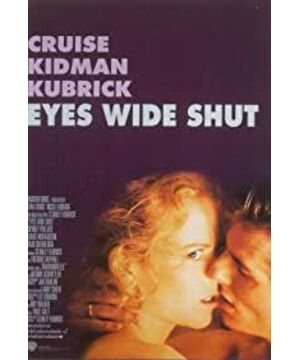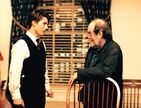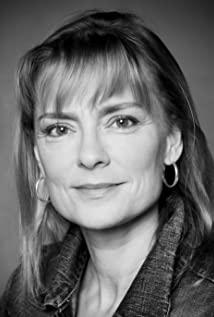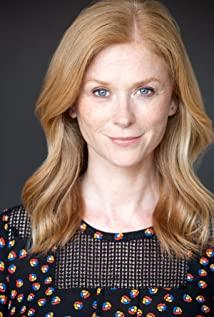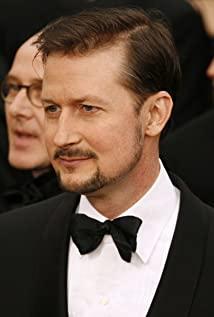Kubrick focused almost entirely on the appearance of the story, taking the "fantasy" scene (the novel is called "Dream Story") to the extreme. In fact, even if the director has the heart, he is unable to move the most critical inner monologue in the novel to the visual form. I guess Kubrick gave up this idea altogether, so he made corresponding changes in the plot, "representing" a subconscious story. For example, the wealthy businessman played by Sydney Pollack does not exist in the book. He revealed the "truth" to Tom Cruise, telling him that the woman who died was the one who saved him, but everything was just a scene, and the woman died accidentally by taking drugs. In the book, Doctor Fridolin finally couldn't figure out who the woman was, her life and death, and everything else, just like his monologue: He actually didn't want to know what happened.
Just watching the movie, Tom Cruise's collapse seems incomprehensible. In the book, the trajectory of the hero's inner evolution is clearly visible: a person who tries to satisfy himself in an adventure, is repeatedly frustrated, and finally in a ruthless way-the mask is discovered by his wife-is beaten back to reality, and the wife is unfaithful His sexual fantasies are just a cover for his adventures, at best it is just a catalyst.
The author of the original novel, Schnitzler, was regarded by Freud as a Doppelganger (ie, "parallel man", shadow or confidant). Freud believed that Schnitzler had gained his own conclusions through hard research through daily observations. "Dream Story" can be seen as an exploration of the subconscious world of a certain kind of person (similar to Schnitzler himself). End of the novel uttered this sense:
(the wife) "... neither the reality of a single night, nor even of a person's entire life can be equated with the full truth about his innermost being."
Movie this sentence change Became:
(Wife) "...the reality of one night, let alone that of a whole life time, can ever be the whole truth."
The change from innermost being to whole truth is the change from books to movies. Kubrick created an exquisite story shell in the movie, leaving incomplete clues for people to think about. For Kubrick, form always precedes content, just like his famous saying:
Real is good, interesting is better.
When we read novels, we have pictures and sounds in our brains, but more of meaning and mental activity. What Kubrick did was to focus on the former and blur the latter.
"Eye-opener" is Kubrick's most formal film, and the perfect form is not inferior to his earlier works, but he leaves a void of meaning for the audience, which must be filled by the novel.
View more about Eyes Wide Shut reviews


